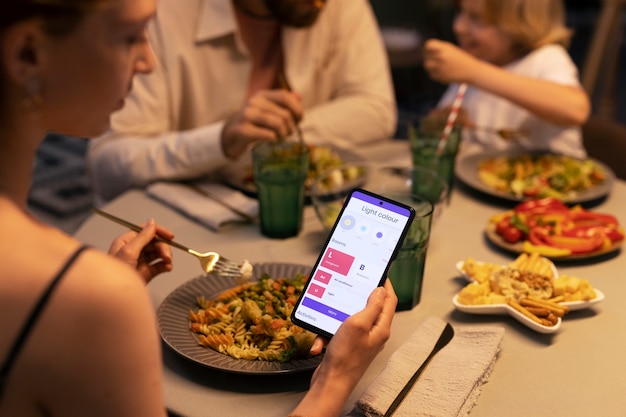
Sweden, a country renowned for its culinary traditions and innovation, is witnessing an exciting transformation in food marketing. Gamification—integrating game elements into non-game contexts—has emerged as a powerful tool to engage food enthusiasts. Platforms like nifty-casino.com demonstrate how gamified strategies can captivate audiences by offering interactive challenges and rewarding experiences, inspiring deeper connections between brands and their consumers. From interactive recipe challenges to rewards for sustainable choices, gamification in culinary marketing is revolutionizing the way brands connect with their audiences.
Why Gamification Works in Culinary Marketing
Food is an inherently engaging subject, and gamification amplifies its appeal by turning passive experiences into active participation. By introducing elements like competitions, badges, and rewards, Swedish food brands are not just selling products—they’re creating memorable experiences.
Gamification appeals to Sweden’s tech-savvy and environmentally conscious population. Interactive campaigns not only entertain but also educate and promote sustainable practices, aligning with the values of modern consumers.
Interactive Campaigns in Action
- Recipe Challenges
Popular Swedish brands are using gamification to inspire creativity in the kitchen. For instance, apps and social media platforms host recipe challenges where participants create dishes using specific ingredients, often sourced locally. Winners earn points or discounts on future purchases, encouraging brand loyalty. - Sustainability Rewards
Sustainability is a core value in Swedish culture, and culinary campaigns often emphasize eco-conscious choices. For example, grocery stores might gamify sustainable shopping by rewarding customers for buying organic or locally sourced ingredients. Apps that track food waste reduction, offering incentives like discounts or badges, resonate deeply with Swedish consumers. - Food Quizzes and Learning Games
Interactive food-related quizzes on Swedish cuisine or global gastronomy are a hit among food lovers. Brands often use these quizzes to educate consumers about the origins of ingredients or promote new products. Sharing results on social media fosters community engagement. - Virtual Cooking Classes
During the rise of virtual experiences, many brands in Sweden incorporated gamified elements into online cooking classes. Participants earn points for completing steps, interacting with hosts, or showcasing their finished dishes, making learning both fun and competitive.
The Benefits for Food Brands
Gamification not only increases customer engagement but also builds emotional connections with brands. For Swedish food companies, it provides an opportunity to highlight their commitment to sustainability, innovation, and local culture—all essential aspects of their identity.
Conclusion
Gamification is transforming culinary marketing in Sweden, merging the love for food with interactive technology. By engaging food enthusiasts through creative campaigns, brands are fostering deeper relationships while celebrating Sweden’s rich culinary heritage and sustainable ethos.
